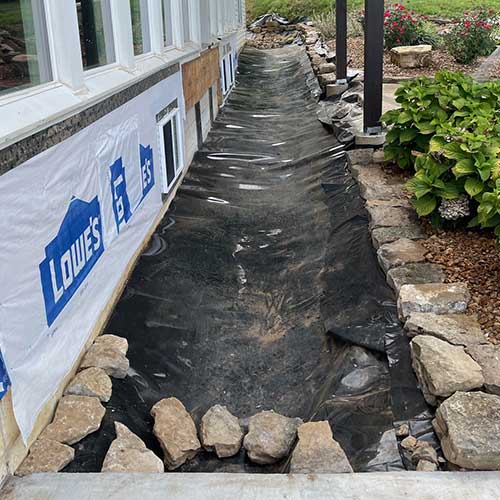Garden Plastic Sheeting - Ultra Thick
FREE SHIPPING
The Garden Plastic Sheeting - Ultra Thick is a long thick roll of HDPE that is available in various sizes and thicknesses. The thicknesses range from 40 mil to 100 mil ( a mil is a 1,000th of an inch). This product can be used for various applications such as a liner, weed blocker, etc. This sheeting is waterproof, UV resistant, and non-biodegradable.
This plastic sheeting is also resistant to insect and rodent damage, will not rot/mildew and is commercial grade. If not in the direct sunlight, the material lifespan is approximately 100 years.






















